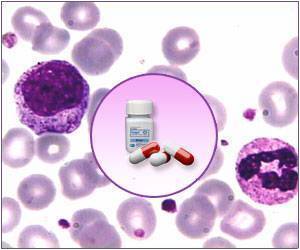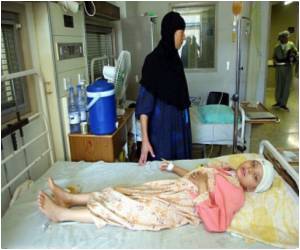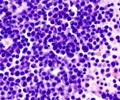Despite accomplishing significant progress in treating chronic myeloid leukemia, the disease cannot yet be eradicated in all patients hence must be addressed, states CMAJ.

Developments in treatments have been significant, with a five-year survival rate of 90% today compared with a median survival rate of three to five years in the 1960s.
"Despite this progress, many challenges remain that merit a concerted effort from researchers, health care providers, regulatory authorities, third party payers and the patients themselves," writes Dr. Cortes. "Our goal should be to eliminate the disease in all patients."
The use of the drug imatinib has been a key weapon in the arsenal against the disease, although only 60% of patients have a decent outcome; people can be resistant to the drug or develop resistance. Other second-line drugs work in about 50% of the patients in whom imatinib is not effective, but at least 10%-15% of them will lose their response to the treatment over time.
Dr. Cortes states that doctors need to ensure adherence to treatments, that more research into other therapies is still necessary and that health care professionals must stay focused on the long term.
"Until all patients with chronic myeloid leukemia can have an optimal quality of life while fighting this disease, our marathon is not over," concludes Dr. Cortes.
Advertisement














